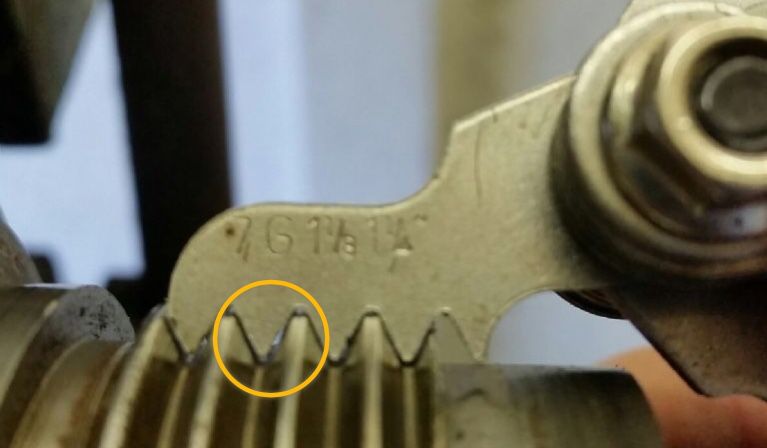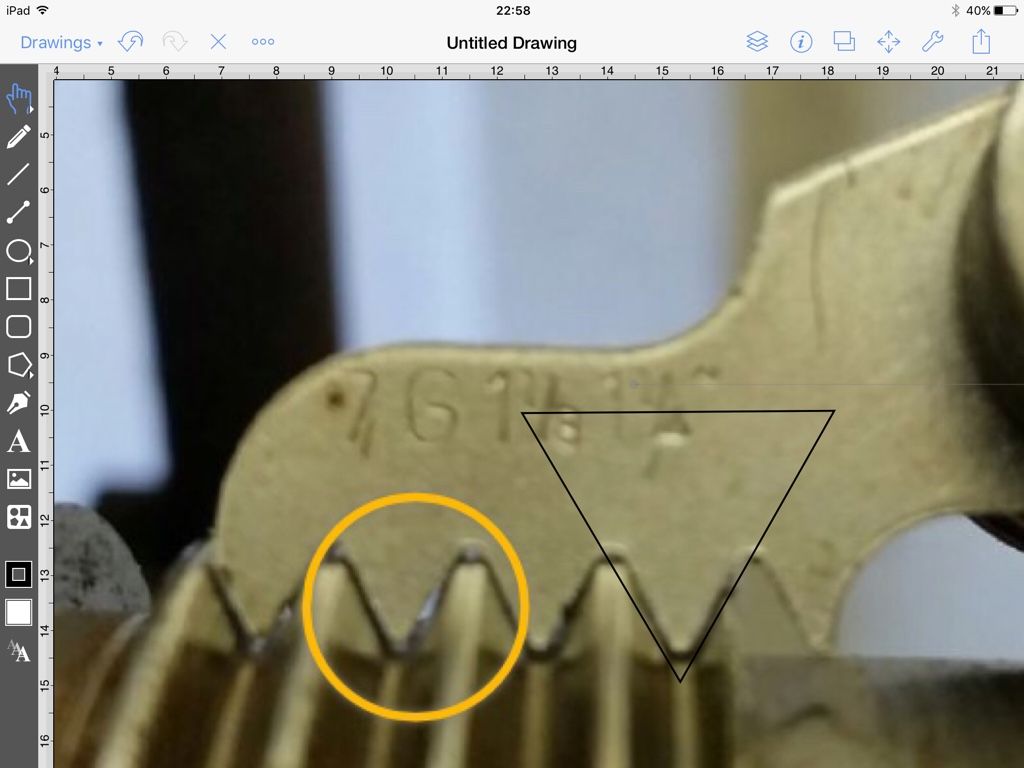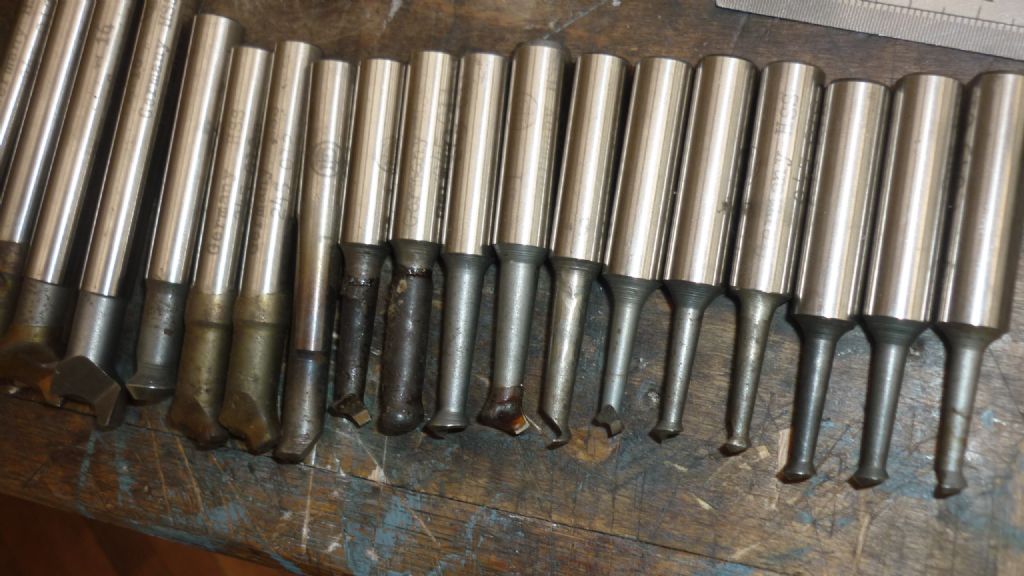Lovely leek and butterbean bake, followed bt lemon cheesecake -yum yum. 
I'd be very tempted to follow Keith's advice, depending on how rigid your boring bar is, and how much play you have in the various slided on what must be quite an old lathe. Hence my following caveat, as I know my lathe's well worn
If it's not very solid somewhere along the line, don't forget that, in effect, when opening out the threaded hole to register size, you will be taking an intermittent cut as you machine away the thread you've just cut.
N.B. I'm definitely no expert on this, but I'd be tempted to make an accurate plug gauge exactly the same size as the register diameter before starting the final machining of the backplate. That way you will have something to test fit into the plain hole to get the diameter absolutely bang on to size.
I'd say that's even more of a good idea if you are limited in your measuring equipment. One way to consider this is that you need accurate repeatable comparative measurements, rather than absolute ones.
It's going to be much easier to accurately compare a plug gauge to the register diameter, than it is to compare an outside measurement of the register, to the inside measurement of a hole, as in the former case you will be relying on a single instrument to measure both outside diameters. The register hole can then be machined to the fit the previously made plug gauge. It doesn't really matter, in this case, if your inches are a different size to mine, as all the measurements will be on the one instrument in the one workshop. Vernier or digital calipers, are effectively two separate instruments, one for inside and one for outside diameters, but on a common body; they use two different measuring faces.
Apologies if I'm teaching you to suck eggs; I would never intentionally talk down to anyone. Even for comparative sizes, don't just take the one measurement of each component; repeat it several times until you get consistent results every and every time.
mark smith 20.







